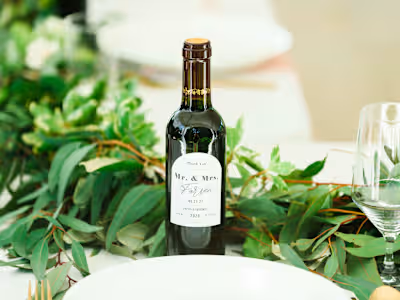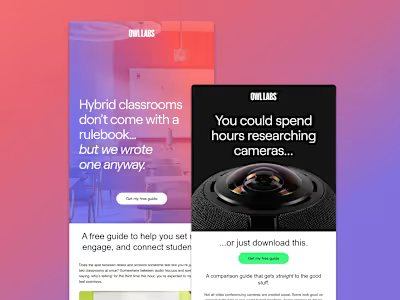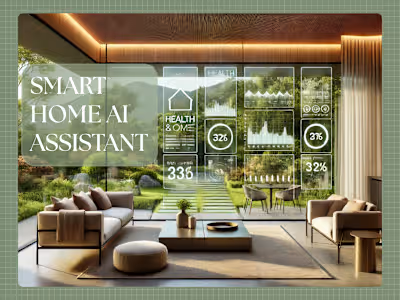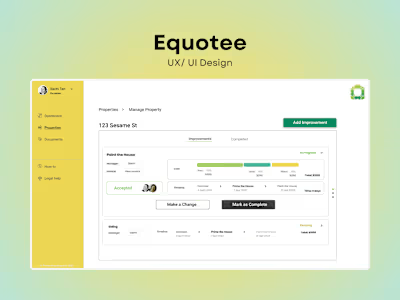Sustainability Design / Saltwater Greenhouse
This project was a school group project that set out to solve a problem for an island in the Bahamas called Inagua. I played many roles in this project including designer, researcher, and engineer. My group set out to solve the problem of poor health due to a lack of fresh food and strong dependence on processed foods on the island.
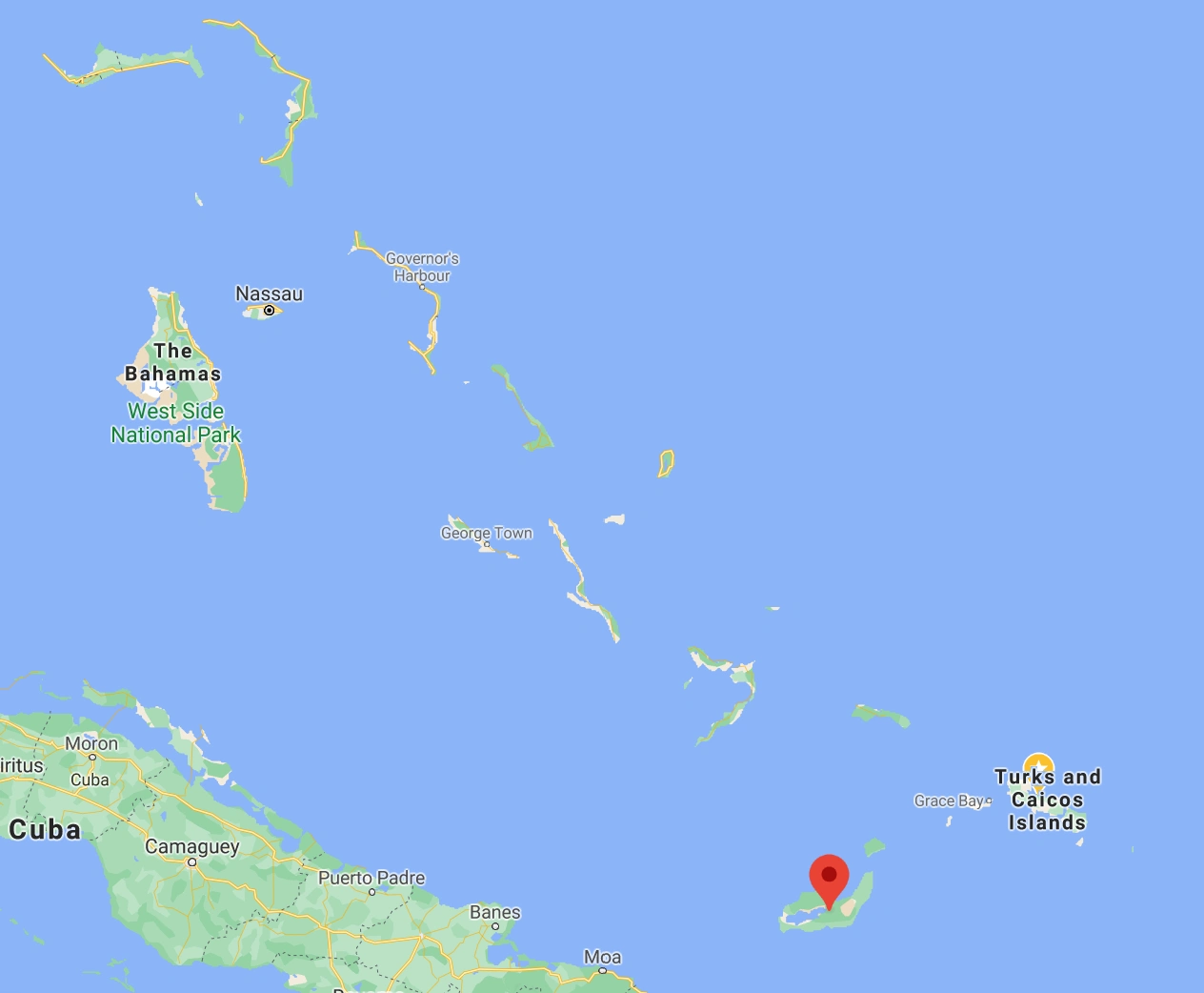
The Story
This project was for my participatory design class. This project is unique in that we were actually able to involve the user of the end product in the process. In other classes, we would have to use our peers. My professor had contacts with an engineer at Morton Salt Company in Inagua who was our contact in determining problems and getting perspective on solutions we brainstormed. I worked with two other brilliant students on this project.
Problem
After doing tons of research on Inagua, my group decided to focus on their lack of fresh food. As you can see on the map above, Inagua is the southernmost island in the Bahamas which means a lot of the produce that gets shipped to them, rots by the time it gets there. That leaves unhealthy processed foods. Now we could have tackled the shipping issue, but we dove a little deeper. We wanted to empower the community there to be more self-reliant. We wanted to help them grow their own produce which not only helps the people there, it helps the environment as well.
However, there was a reason that they weren't growing their own food. They had an abundance of saltwater and the freshwater was reserved for drinking. In addition to that, the soil had high salinity which made growing food nearly impossible.
Solution
My group brainstormed and came up with an idea based on a survival technique. What if we can use a greenhouse to speed up the water cycle to get fresh water? Then we can use an aquaponics system just like at the farm we visited near our campus, shown below.
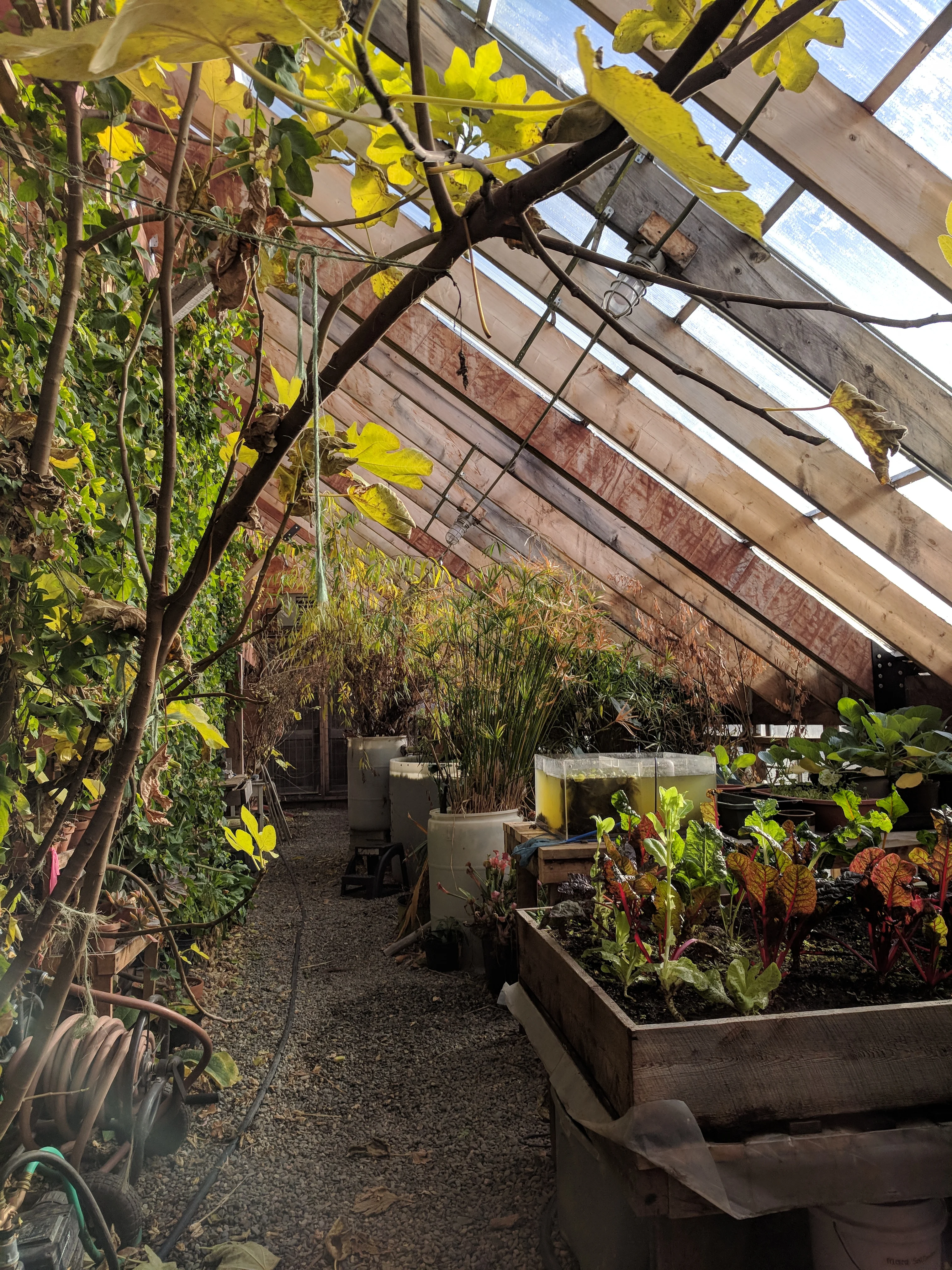
We started with a concept of an inverted roof that would catch rainwater to assist in cooling the outside of the building. The structure would be on a plot of land right on the ocean where the prevailing winds would also help cool the outside of the building. Inside the structure would be a large bin of salt water. The greenhouse would make the inside warmer causing the salt water to evaporate and condense on the walls of the building.
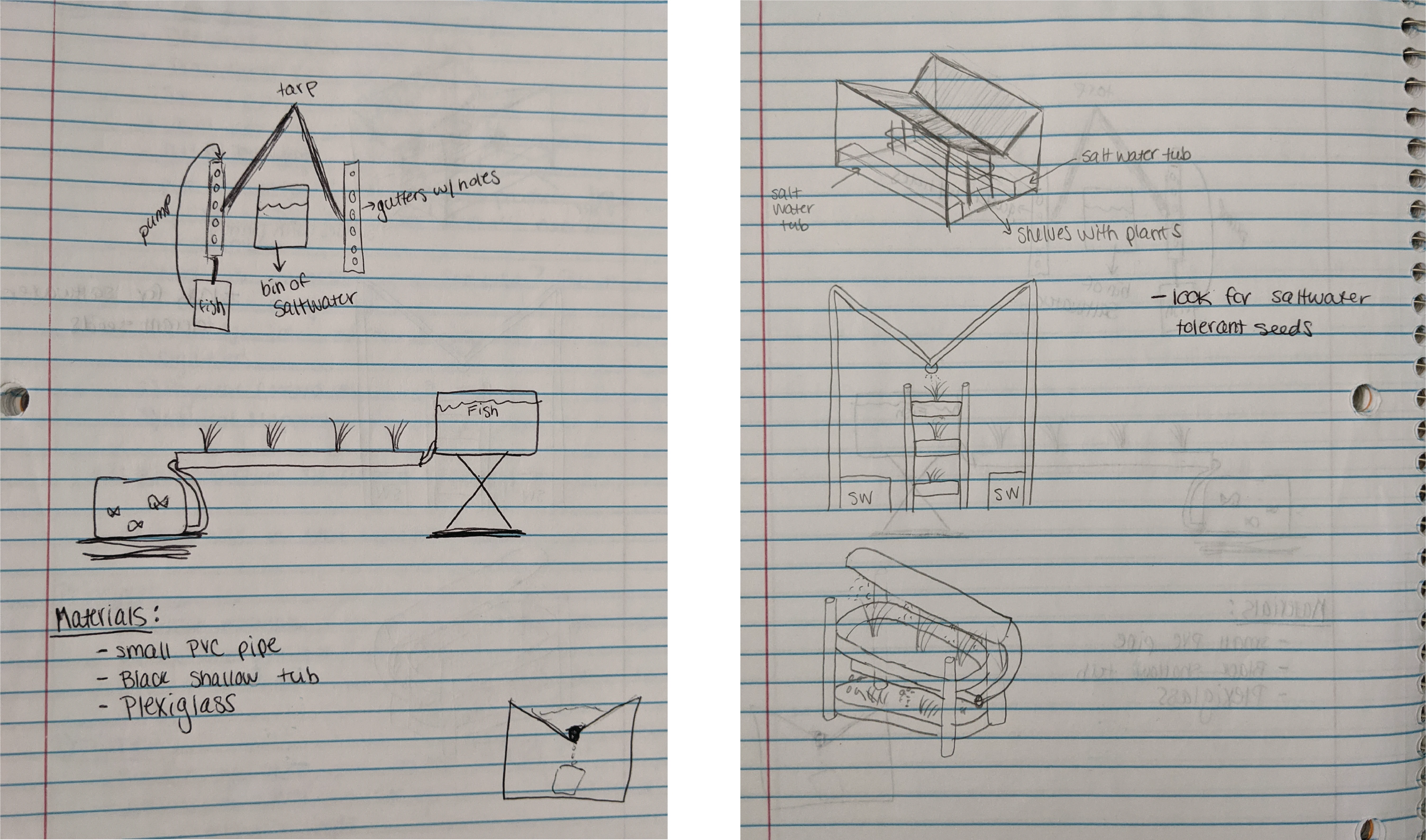
The freshwater would drip down the roof and water the plants in the greenhouse. Here's a prototype we made to test the concept. Pretty ugly right? The black waterproof epoxy didn't go over well, but at this point, we were focused on function and proof of concept.
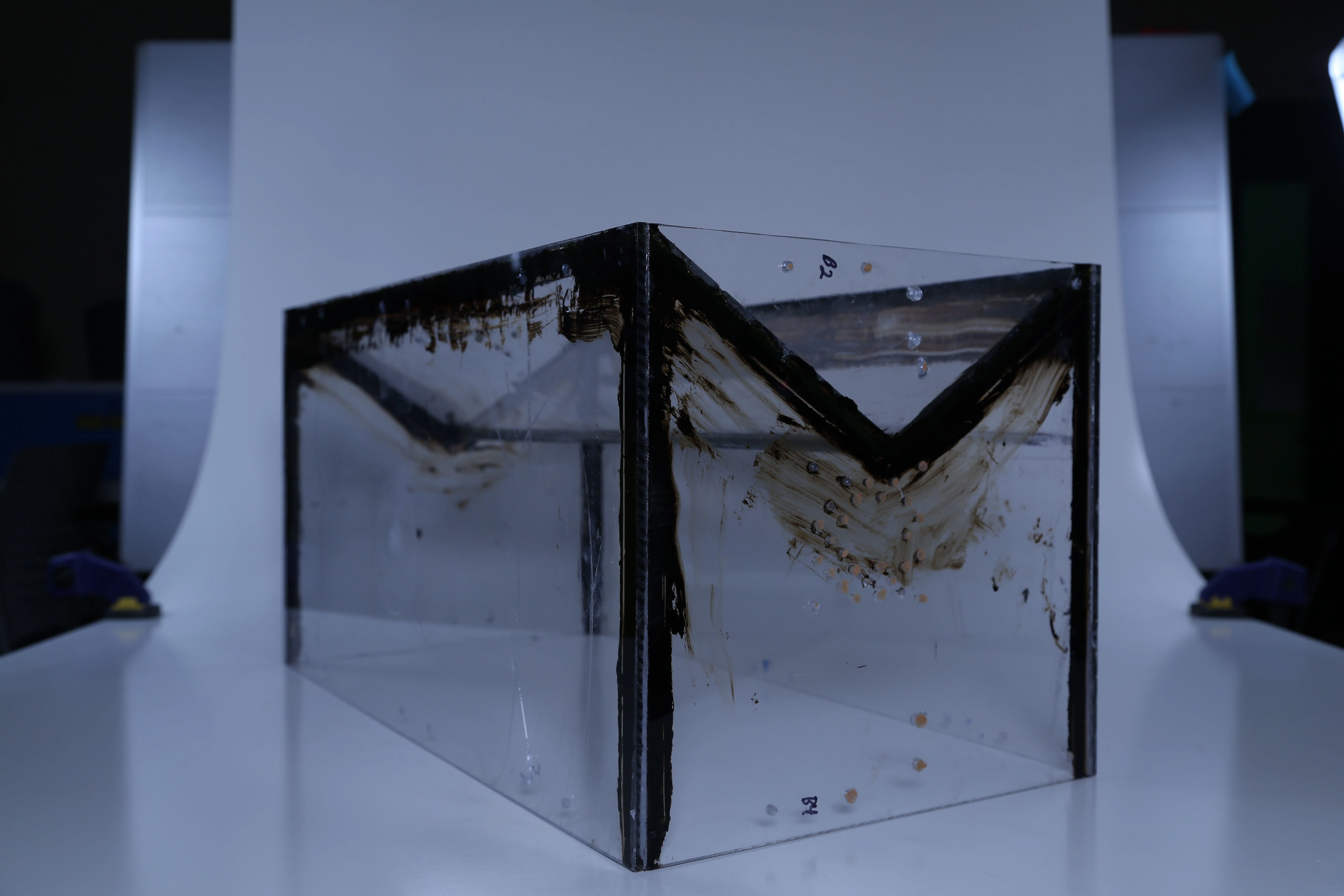
After testing the inverted roof model, we proved our concept would work. It was just slow, so now we had to optimize it. In comes prototype number 2. A simplified version with a slanted roof that leads to a pipe and ultimately into a water jug. Special thanks to the players at RPI for letting us use a stage light to mimic the *sun*.

This one worked even better due to the pipe collection system. We knew we had to incorporate the pipe collection system somehow. Now we just had to figure out the form of the building. After researching the weather there, we settled on a geodesic dome that can stand up to the high winds the island experiences during hurricanes. We started to build low-fidelity models to learn more about this structure.
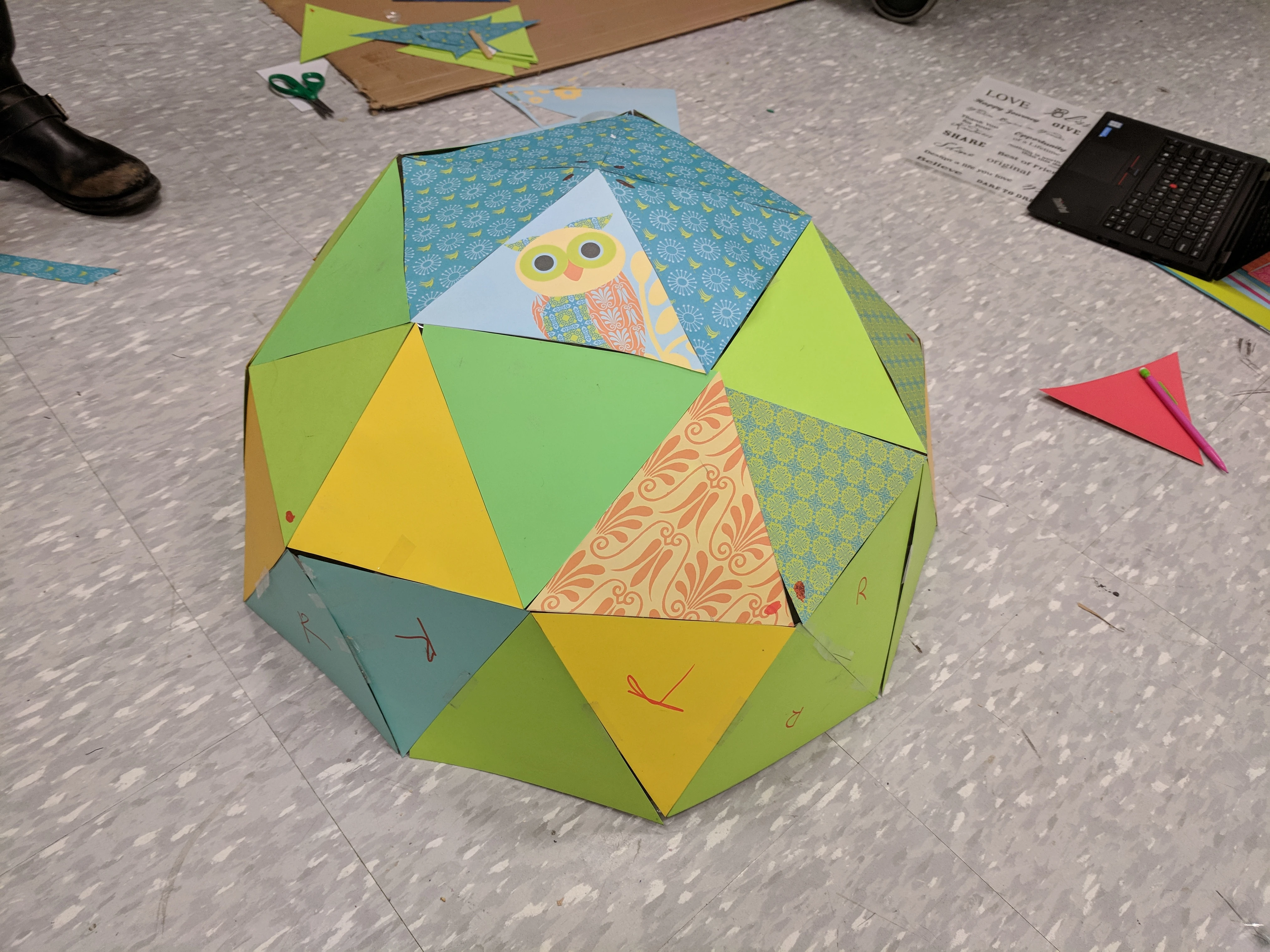
After we understood how to assemble the basic form, we created a plexiglass one that we could use for testing.
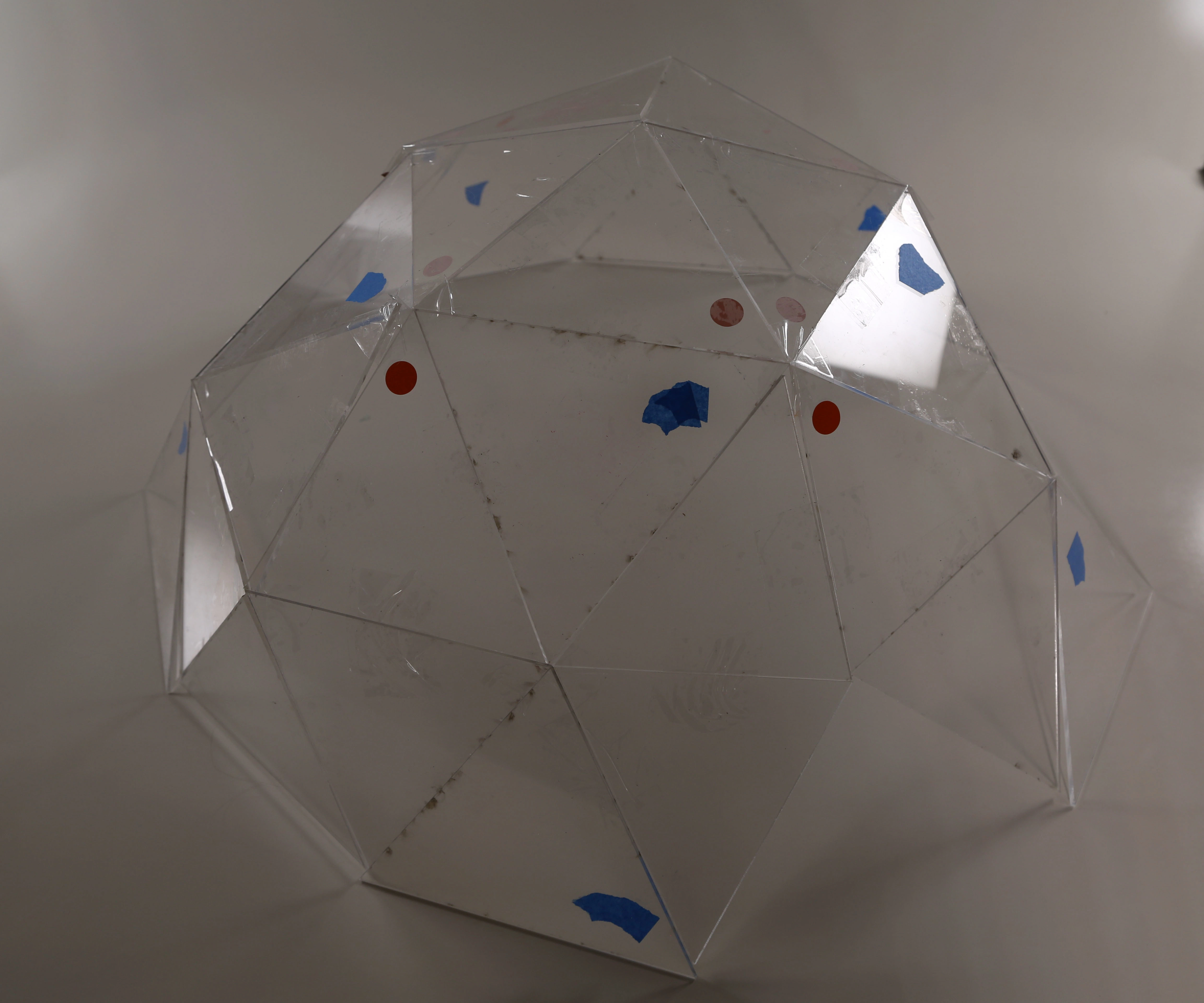
This marked the end of our official class. We applied for the Burt Swersey Studio Challenge grant and were awarded $10,000 to develop this idea further the next semester. The last prototype had a lot of gaps so we decided to switch our building methods. Our next iteration was to use metal conduits and 3D-printed hubs.
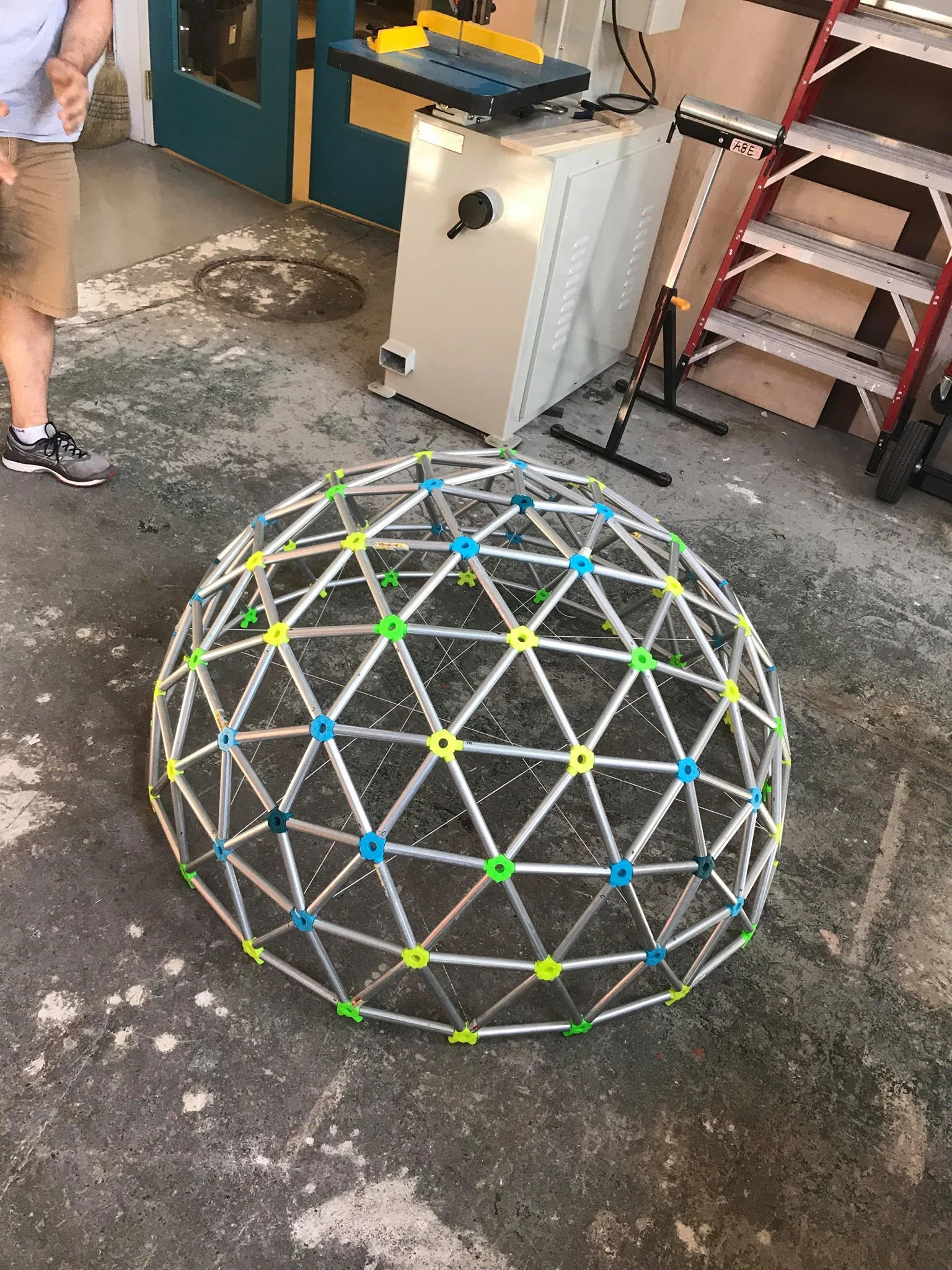
Our intention was to wrap it in plastic wrap, put water inside with a heat lamp over it and study how the condensation forms. We even got approved to build in Inagua on a plot of land.
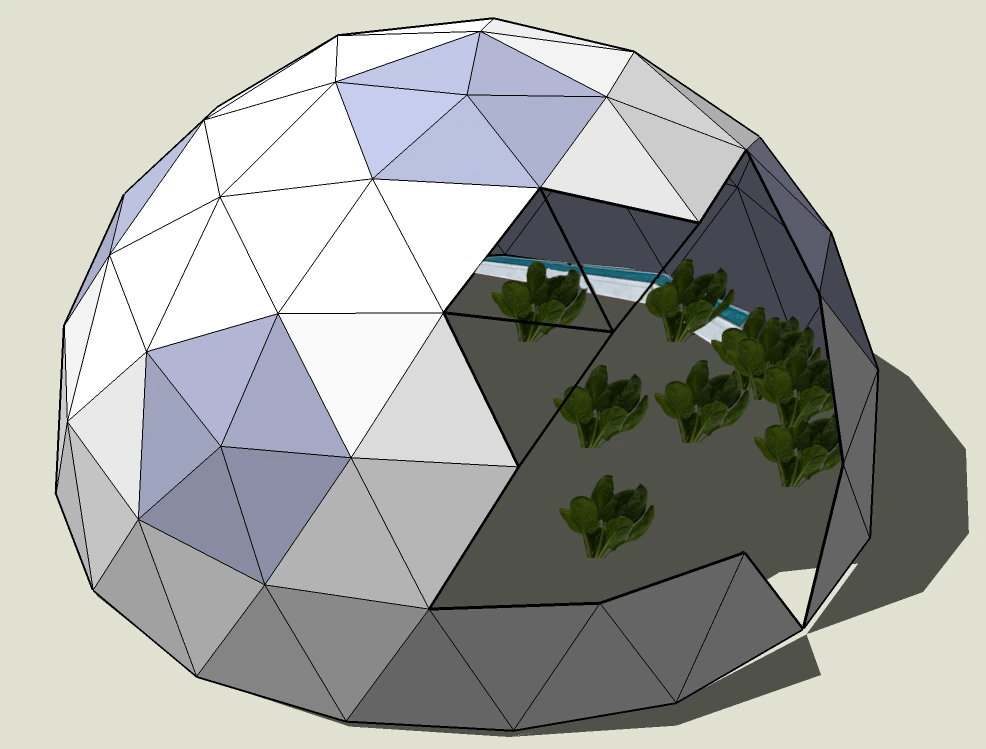
Here is an illustration my teacher made of what the greenhouse would look like.
4. Results
Unfortunately, when the semester ended, our group chose to put the project on hold due to the intense workload that our capstone project would demand. I learned so much about self-management, creating a timeline for a project, and managing grant money. We successfully designed a system to desalinate water without the use of electronics in a way that could be developed into a modular kit to be built anywhere.
Next time, I would try to get purchases approved earlier. We underestimated the time it takes for the school to approve purchasing building materials. I would also change the location for meeting with our advisors from an office to the studio so that more sketching and doing would happen. I've learned when speaking of an idea, everyone can be on the same page but have totally different visions. This project was a great experience that allowed me to take on the responsibility of co-managing a project.
Like this project
Posted Feb 23, 2021
Product Designer | User Researcher | User Experience Designer | Worked with a group of peers to design a greenhouse that desalinates water for agricultural use


